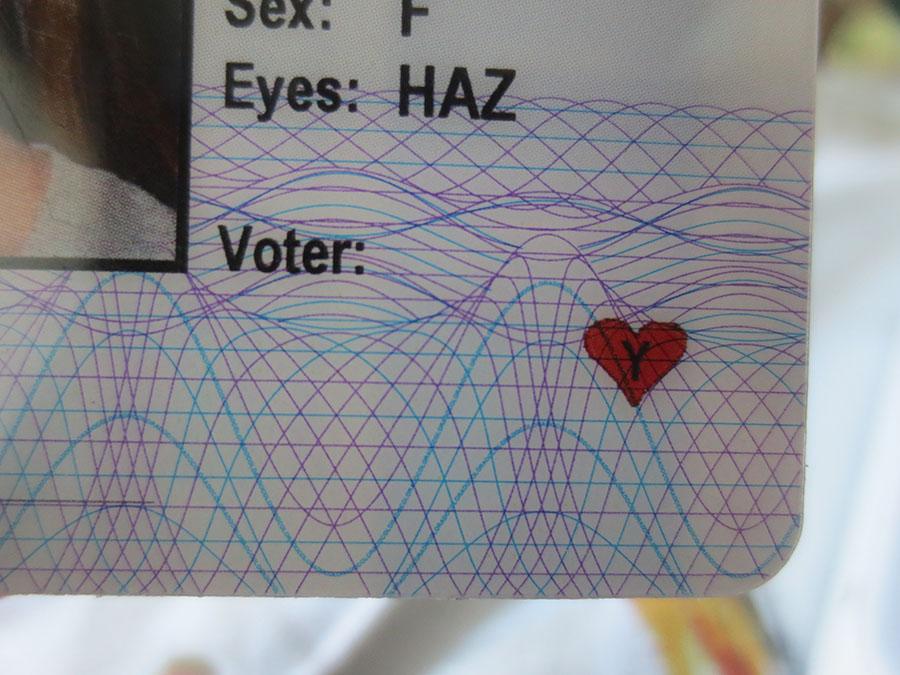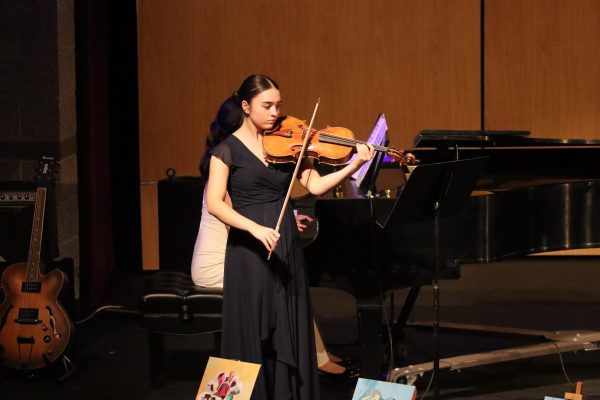Organ Donors: Teens Take Steps to Save Lives
The idea of organ donation has been one of the most controversial issues of our time. The little red heart on a driver’s license signifies one thing–that the owner of the license has agreed to donate their heart, liver, and more in the case of their death. However, the living donate organs as well, and many choose to donate kidneys or bone marrow throughout their lives.
One such donor is Victoria Rathmill, 17, the world’s youngest stem cell donor, who donated her bone marrow stem cells after she was found to be a match to a patient suffering from blood cancer.
Bone marrow donations are extremely painful, but when a friend of Rathmill’s family got ill, she felt the need to join up and help. Her actions make her the youngest person ever to donate bone marrow to a non-relative.
Currently, there are 120,927 people waiting for an organ in the U.S. The problem is that the demand for organs is high, but the resources are very scarce.
Donna Tate, a registered nurse who has been working in the field for 50 years says that the most common types of organ donations are corneas in the eyes, a kidney, and the heart, while the least common and accessible are liver and intestinal donations.
“I have assisted with organ transplant teams and these transplant teams have certain procedures they have to follow,” Tate said.
The ethical issue is who gets an organ first from the lengthy waiting list.
Regis Jesuit High School Bio-Tech Ethics teacher Ms. Landry believes the process is far from perfect.
“There’s no easy way to do it. There isn’t a good way that works for everybody. So somebody’s going to be left out, as a matter of fact 990 people a year are going to be left out [out of 1000] if that’s how many are on the list. But we have to have a way to prioritize who’s going to get those scarce resources,”Landry said.
The system of prioritizing organs has been radically changed since 1998.
“It used to be based on everything from how much money you make, how many people they had that they have to take care of, what type of illness they had, whether or not they had mental illness, was a big one,” Ms. Landry said. “Now it’s all based on tests and lab results. So they’ve tried to make it a lot more objective, rather than subjective.”
The decision of deciding who gets an organ is extremely difficult. “Do you choose someone’s who’s younger and who has a longer life, or do you choose someone whose illness is caused by genetics rather than by choice?” questions Ms. Landry. “It’s really tough.”
One of the points that the United Network for Organ Sharing (UNOS) changed was that the closer a person lives to a hospital, the higher they are on the priority list. “There’s something called cold ischemic time, that’s the time that the organ is out of the body. And the longer the organ is out of the body, the lower the chances of success,” Ms. Landry explained. “So a lot of times people on the waiting list will actually move or get an apartment closer to the hospital while they’re on the waiting list so they’re higher up on the priority list.” Watch interview with Ms. Landry HERE
Life for someone who is expecting an organ is difficult. Ms. Landry recalls an acquaintance whose father needed a lung transplant.
“They are given a pager, and every time that pager goes off, they think that’s it,” explained Ms. Landry. “Two or three times he got a call and was going into the hospital to get the transplant, and on the way to the hospital they would call and say “I’m sorry, it just didn’t work out,” so maybe the tissue wasn’t a good match, or maybe it just didn’t work for some reason. I can’t even imagine that up and down roller coaster of emotions.”
It is extremely trying for someone to wait for the organ that may save their life.”I think because we’re not involved with people that are waiting on the list, we don’t understand what their life is like, tied to that phone,” she says. “So maybe I could impress upon them how hard that is, and how easy it would be for someone to be able to do that.”
Many people choose not to donate organs, which is a completely valid and personal choice due to personal beliefs, or family wishes. However, there is a false myth that if someone enters the hospital in a critical condition and is an organ donor, the doctors will not work as hard to save that individual.
“That’s not true at all,” Landry said. “That’s an urban legend and a myth.”
However, many people choose not to donate because of religious or personal reasons.
Some religions, such as the Shinto tradition, consider the dead body to be impure and dangerous, and thus it is very difficult to obtain consent from a Shinto individual’s family because they see it as injury to a dead body. Other religions, such as Catholicism, Judaism, Mormonism, Islam, and Hinduism believe that organ donation is a personal choice, and place no religious restrictions against it as long as the organs are used to better another human life.
Anatomy and Physiology teacher, Mrs. Haag, has chosen not to be an organ donor.
“It’s mostly because of my husband. He feels very strongly about not donating organs and extending life through alternate means and stuff like that. So its really, I’m in support of my husband about not being an organ donor,”she said. Watch interview with Mrs. Haag HERE
Ms. Landry also said that she personally supports organ donation because it can save another’s life.
“If that’s one way that I can help, is by giving my resources when I don’t need them anymore, why wouldn’t I do that?” she said. “It just seems like a no-brainer [for me].”
Senior Emma Bridgewater, a registered organ donor, feels the same way.
“I have seen and met people who have needed donations and I have seen donations save lives, and I think its a very selfless act to donate your organs, because one life can save many,” she said.
“I think that’s awesome. I think it’s great that she did that,” Ms. Landry said in response to Rathmill’s donation of bone marrow.
She then recalled an instance where a bone marrow transplant cured AIDS in a full-blown HIV+ patient. Although this procedure is not cost-effective, and the right circumstances for it are few and far between, it is a very encouraging breakthrough in medicine that would not be possible without bone marrow from a donating individual.
According to Donate Life America, 90 percent of Americans say they support donation, but only 30 percent know the essential steps to take to become a donor.
So what’s the process of becoming an organ donor if you are a teenager?
The easiest way for a teenager to become an organ donor is simply by checking the “ yes box” when asked about donor preference on your driver license or permit. After this you will receive a little red heart at the bottom right corner of your driver license or permit. Watch interview HERE
Another essential step if you’re interested in donating organs, bone marrow, or blood, is to talk to your parents or legal guardians.
“If you decide that, you have to have that conversation with your family also,” Landry said. “If they know what you want, and they can help facilitate that, that’s a gift you can give them just by having that discussion.”
“ Hopefully more teenagers will be inspired to donate,” Tate said. “They can impact the global health of the world in a positive way.”









